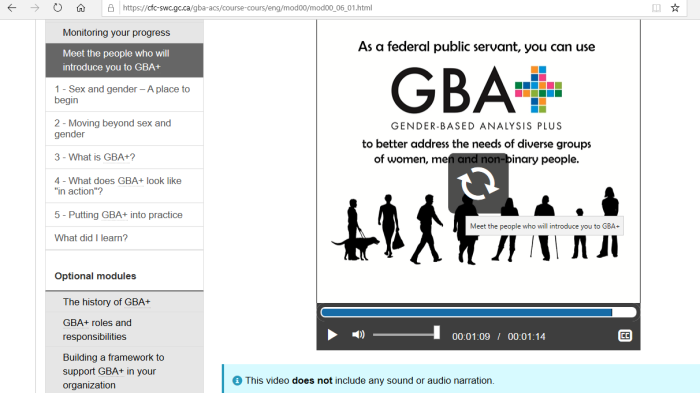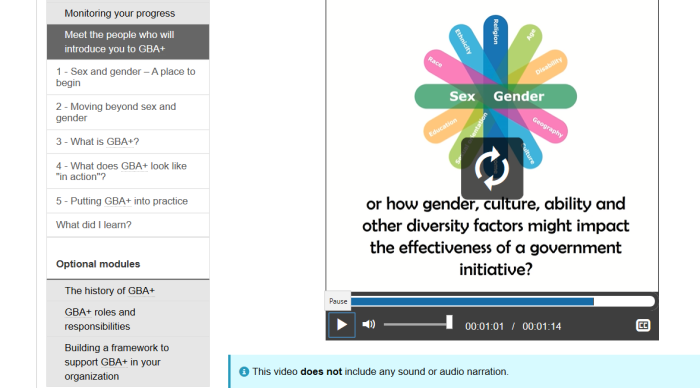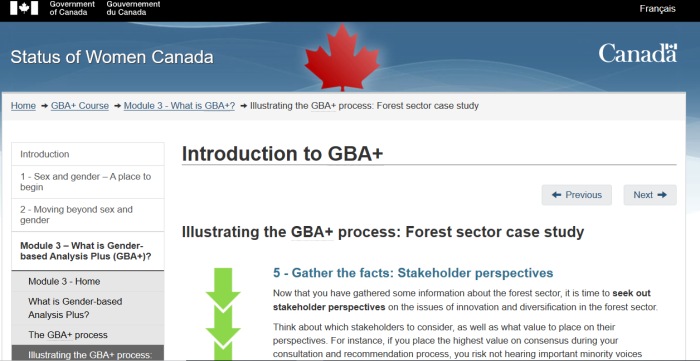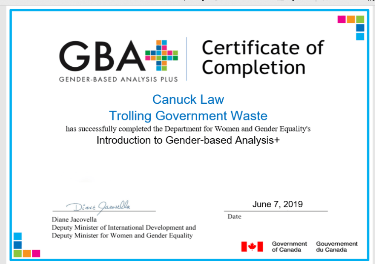
(Getting into gay marriage)

(men, women, and non-binary….)

(Every identity group imaginable)

(Yes, forestry is sexist, just like construction)

1. Important Links
CLICK HERE, to take GBA+ course.
CLICK HERE, for UN link to “gender inclusive language”.
CLICK HERE, for previous “peoplekind” review.
CLICK HERE, for the UN page on gender equality.
CLICK HERE, for women’s human rights.
CLICK HERE, for about UN women.
CLICK HERE, for goal #5 of sustainable development.
CLICK HERE, for guiding principles of UN women’s advisory, civil society groups.
CLICK HERE, for the Commission on the Status of Women.
CLICK HERE, for Canada’s GBA+ (Gender Based Analysis Plus)
CLICK HERE, for declaration of women’s rights.
CLICK HERE, for the 1995 Beijing Declaration for Women.
CLICK HERE, for the 2017 system-strategy for gender parity.
CLICK HERE, for gender-inclusive language
CLICK HERE, for guidelines for gender inclusive language.
CLICK HERE, for tools & training for gender inclusive language.
2. About The Course
This course is designed as a basic introduction to GBA+. You will learn to define the key concepts of GBA+ and recognize how various identity factors can influence the experience of federal government initiatives. You will learn to identify how GBA+ can enhance the responsiveness, effectiveness and outcomes of federal government initiatives while applying some foundational GBA+ concepts and processes.
3. What Is GBA+ About?
Gender-based Analysis Plus (GBA+) is an analytical process used to assess how diverse groups of women, men and non-binary people may experience policies, programs and initiatives. The “plus” in GBA+ acknowledges that GBA+ goes beyond biological (sex) and socio-cultural (gender) differences. We all have multiple identity factors that intersect to make us who we are; GBA+ also considers many other identity factors, such as race, ethnicity, religion, age, and mental or physical disability.
To state the glaringly obvious: this “course” embraces intersectionality, oppression complexes, and identity politics.
Once you have completed this course, you will be able to:
-Define the key concepts of GBA+
-Recognize how various identity factors can influence the experience of federal government initiatives
-Identify how GBA+ can enhance the responsiveness, effectiveness and outcomes of federal government initiatives
-Apply some foundational GBA+ concepts and processes
Whatever happened to treating everyone equally?
This course is designed as a basic introduction to GBA+. Depending on previous experience, you may find the content familiar while others find it new and challenging. Also, depending on your job, you may be required to take additional training in GBA+.
Kill me now.
Regardless of your experience, education and current situation, this is your place to begin. The course includes video, graphic and written material for your review, as well as exercises to test your knowledge. Character profiles and case studies will assist you in applying some basic GBA+ concepts and processes. Take as much time as you require, and keep in mind that you can come back to the course as many times as you like.
Doesn’t seem too difficult….
You will need to score 80% or higher on this quiz to receive a certificate of completion. If you require a fourth attempt to pass the final quiz, you will be redirected to the beginning of the course.
Where’s the cyanide when you need it?
Now that you have gathered some information about the forest sector, it is time to seek out stakeholder perspectives on the issues of innovation and diversification in the forest sector.
Think about which stakeholders to consider, as well as what value to place on their perspectives. For instance, if you place the highest value on consensus during your consultation and recommendation process, you risk not hearing important minority voices among your stakeholder group.
Who is traditionally consulted? Who may get left out of the discussion, if, for example, forestry executives are consulted as a key group of stakeholders? Women and Indigenous peoples are under-represented in management positions in the forest sector and on the corporate boards most likely to seek participation in consultations. Are Indigenous leaders consulting the broader community?
-Will the same engagement process work for all stakeholders? What are potential barriers to participation faced by different groups among your stakeholders?
-How might socio-economic status and family responsibilities affect access to consultations? Could certain factors prevent front-line workers or women from participating in the discussion? Measures such as holding meetings during working hours might allow these groups to participate.
-In this case, it would be particularly useful to consult those with knowledge of local ecosystems, including Indigenous forest sector organizations/representatives, community groups and other experts.
4. Taking The Test
Question 1 (Select the best answer.)
Gender is:
Roles, behaviours, activities, and attributes that a given society may construct or consider appropriate for men and women
Biological and physiological characteristics that define men, women and intersex persons
That’s right!
Question 2 (Select the best answer.)
GBA+ is conducted to:
Examine the effects of policies, programs, and initiatives on diverse groups of women, men and non-binary people
Ensure equality for women
Promote pay equity
That’s right!
Question 3 (True or false.)
Historical disparities do not need to be considered in the development of new policies, programs, and legislation.
True
False
That’s right!
Question 4 (True or false.)
Before you begin developing a policy or program, you will already know whether an issue impacts diverse groups of women, men and non-binary people differently based on your individual experience.
True
False
That’s right!
Question 5 (Select the best answer. )
Who is responsible for applying GBA+?
The head of the organization
Human resources officials
Status of Women Canada
Gender specialists
Any official in an organization who is contributing to government initiatives
Deputy Ministers
That’s right!
Question 6 (True or false.)
Conducting GBA+ will always conclude that disparities exist between men and women.
True
False
That’s right!
Question 7 (Select all that apply.)
Steps in the GBA+ process include:
Checking your assumptions
Gathering information and considering diverse stakeholder perspectives
Consulting your organization’s Employment Equity policy
You did not select the correct response(s).
Question 8 (Select the best answer.)
Which of these situations reflects bias/discrimination due to intersecting identity factors, as opposed to a single factor?
A gay, white man is refused a construction job, even though he has all the necessary skills and experience
An Indigenous woman is refused a job at a factory where many Indigenous men work “on the floor” in the factory and many women work in the administrative office
That’s right!
Question 9 (Select the best answer. )
Parental leave policies are an example of a flexible approach because:
Women and men are treated the same way
Both women and men may apply
It takes into account the evolving needs and circumstances of diverse parents
That’s right!
Question 10 (Select all that apply.)
Documenting the GBA+ process can assist you with:
Demonstrating to senior management that a thorough analysis has been undertaken in developing options
Developing communications strategies to explain decisions
Populating a bibliography
That’s right!
5. Final Thoughts
It was possible to pass the quiz (8 of 10 questions required), on the first try, just from winging it. Just try to imagine the most SJW answers possible.
Certificate arrived in about 10 minutes.
The survey insisted on knowing my gender. I am a unicorn.


the answer for the question 10 is
. Demonstrating to senior management that a thorough analysis has been undertaken in developing options
. Developing communications strategies to explain decisions